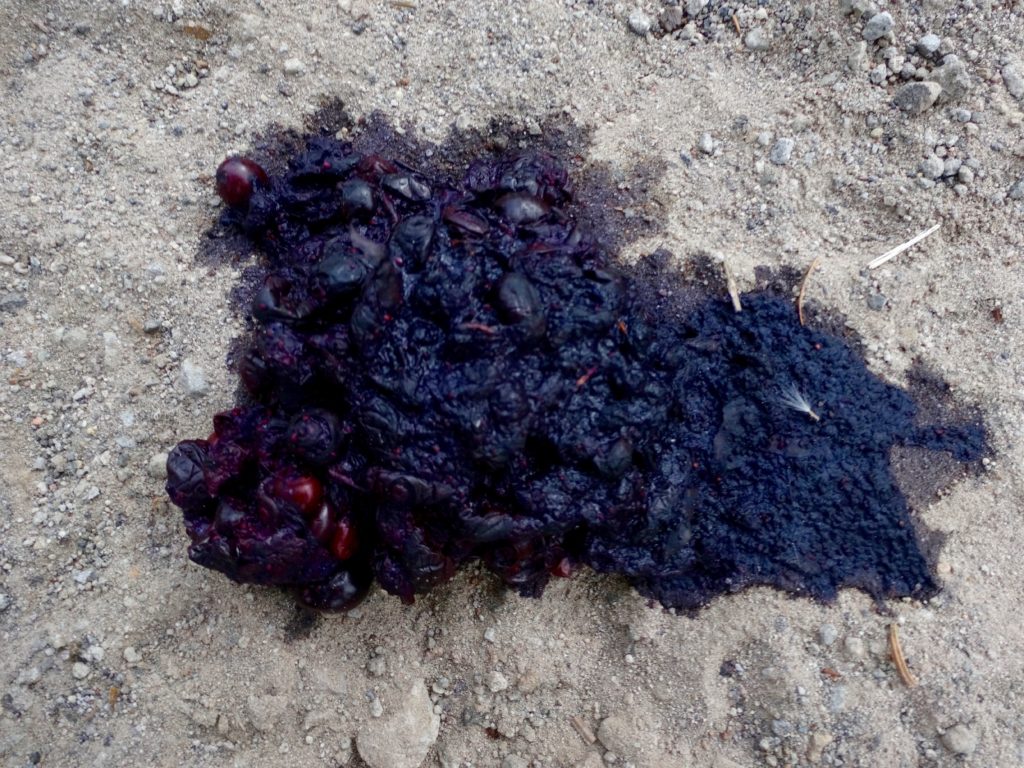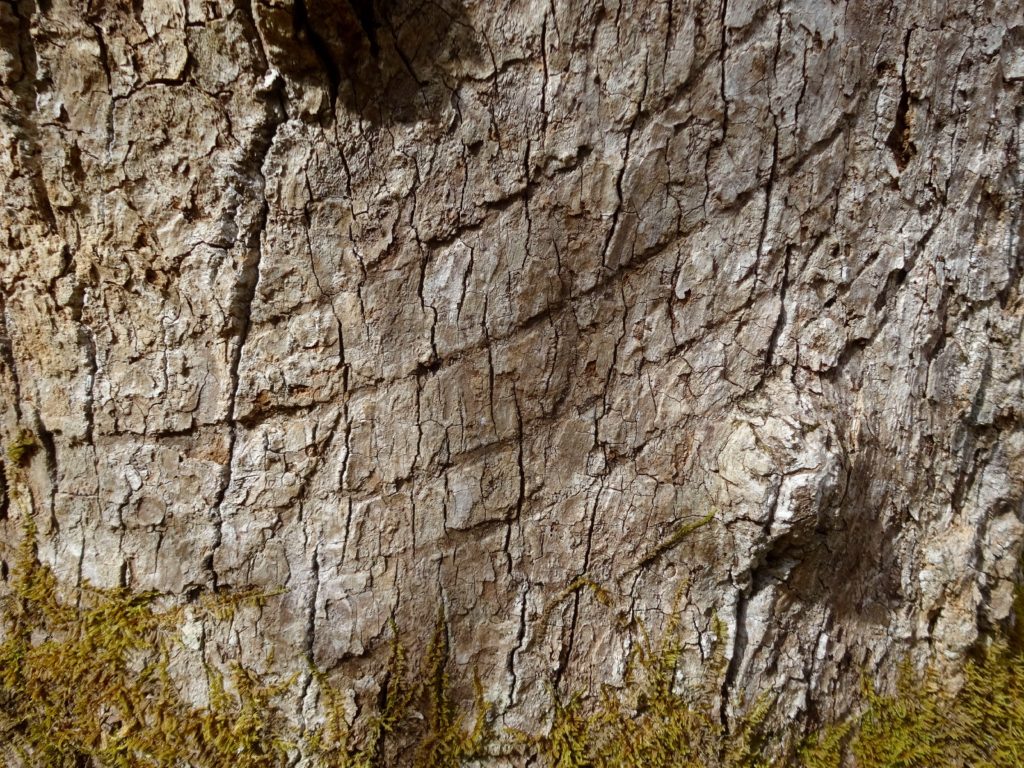My Special Season-Bears in Winter
 This new post will focus on what makes the Smoky Mountains special in a given season, this one is about bears in the Park and the surrounding areas during winter. One misunderstood fact regarding hibernators in the Southern Appalachians is the black bear and it’s hibernating habits. Whereas critters like chipmunks (true hibernators) almost always have a stash of food to eat in their den and have to awaken periodically to go to the bathroom and have a midnight snack to survive this harsh season—black bears generally never eat or defecate during their entire “big sleep.” A black bear in the Smoky Mountains may gain as much as 30 pounds a week while their food supply is sufficient to support them doing so. But, as the food supplies dwindles, the bears become very tired and begin to look for a place to sleep through the winter. Although, hibernation dens vary, most Black bears in the Smoky Mountains prefer hibernating high in the cavities of trees. In spring, it is fairly common to find a “Bear Ball” mixed in with normal scat material. The fecal plug has long been one of the mysteries of bear hibernation. Early observers described it as a dense plug of unidentified material, fibrous plant material, and bear hair. Remote cameras in dens revealed how hair and plant material become part of the plugs. The cameras revealed bears grooming more than was previously thought. In the process, they licked hairs and bits of bedding (leaves, grass, bark, etc.) from their fur and these indigestible items pass through the intestine essentially unchanged. In mid winter, the bears begin to shed the calloused soles of their feet, much as people shed calluses. Bears lick their tender feet and ingest pieces of the pads.
This new post will focus on what makes the Smoky Mountains special in a given season, this one is about bears in the Park and the surrounding areas during winter. One misunderstood fact regarding hibernators in the Southern Appalachians is the black bear and it’s hibernating habits. Whereas critters like chipmunks (true hibernators) almost always have a stash of food to eat in their den and have to awaken periodically to go to the bathroom and have a midnight snack to survive this harsh season—black bears generally never eat or defecate during their entire “big sleep.” A black bear in the Smoky Mountains may gain as much as 30 pounds a week while their food supply is sufficient to support them doing so. But, as the food supplies dwindles, the bears become very tired and begin to look for a place to sleep through the winter. Although, hibernation dens vary, most Black bears in the Smoky Mountains prefer hibernating high in the cavities of trees. In spring, it is fairly common to find a “Bear Ball” mixed in with normal scat material. The fecal plug has long been one of the mysteries of bear hibernation. Early observers described it as a dense plug of unidentified material, fibrous plant material, and bear hair. Remote cameras in dens revealed how hair and plant material become part of the plugs. The cameras revealed bears grooming more than was previously thought. In the process, they licked hairs and bits of bedding (leaves, grass, bark, etc.) from their fur and these indigestible items pass through the intestine essentially unchanged. In mid winter, the bears begin to shed the calloused soles of their feet, much as people shed calluses. Bears lick their tender feet and ingest pieces of the pads.
Plus, while the bear’s heart rate might drop from 65 beats per minute to 12 or 15, it’s body temperature may fall by 10 or 15 degrees to around 85 or 95 degrees Fahrenheit on average. Also, bears are easily awakened from their slumber. So if you see a bear on a warm January afternoon, don’t be to surprised. The black bear’s warm body temperature during hibernation is also critical for the species survival because black bears give birth in their dens, in the winter. Most Southern black bears give birth from late December through February of 1 to 4 cubs, and it’s their relatively high body temperature that allows the mother bear to be alert enough to care for her young. And that can be a demanding task. Newborns will nurse every 10 minutes or so. She will stay in the den with the cubs until spring comes back around. The perk of doing this is that by the time spring returns the cubs are already able to walk and find food on their own. As they get older the intervals between feedings will grow giving the mom time to nap while the cubs nap. Smoky Mountain bear cubs weigh only eight to eleven ounces. Miraculously, these chipmunk size bear cubs find the way over their mother’s huge sleeping body to her nipples. There they feed upon her rich supply of fatty milk and often make a humming sound to show contentment. When it’s all said and done, bears are fascinating critters that have captured the hearts of humans everywhere.

Scat

Claw marks
